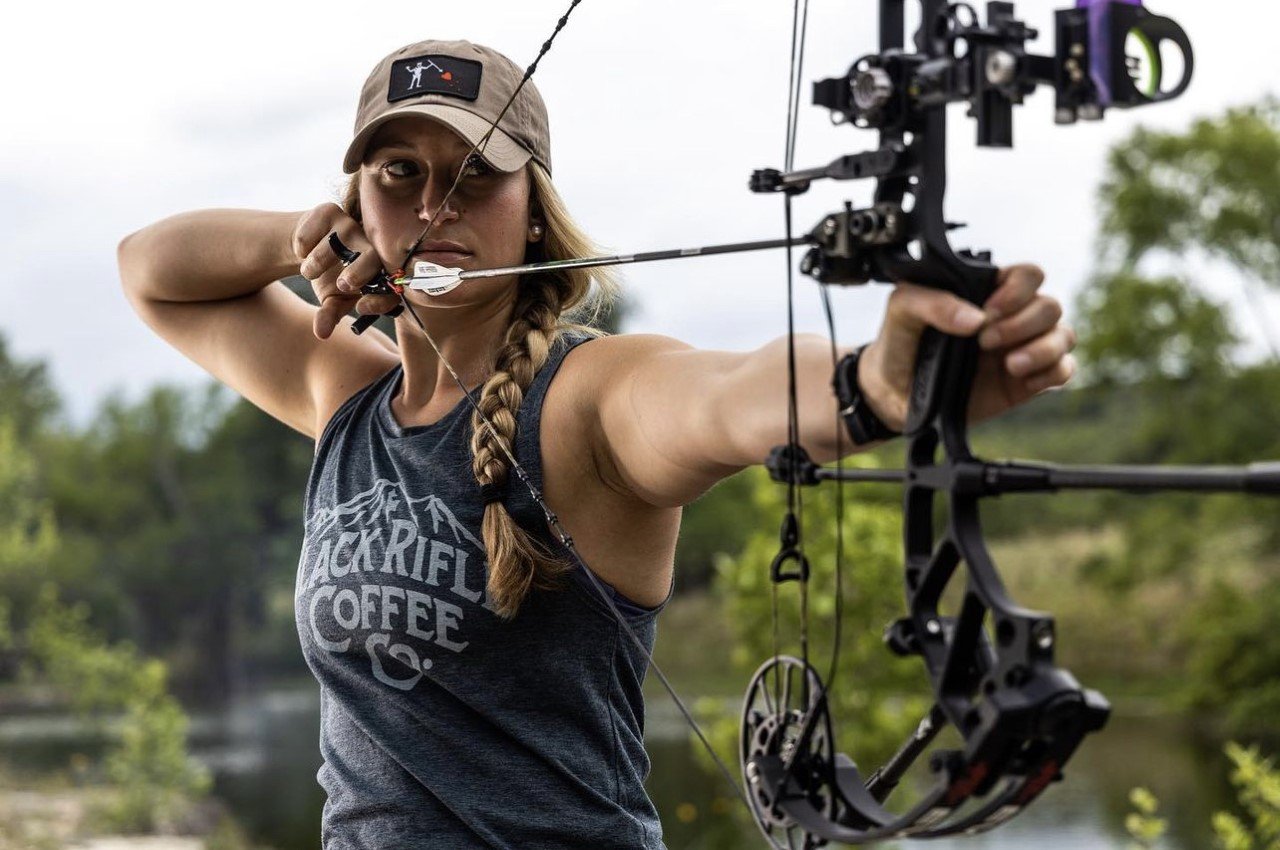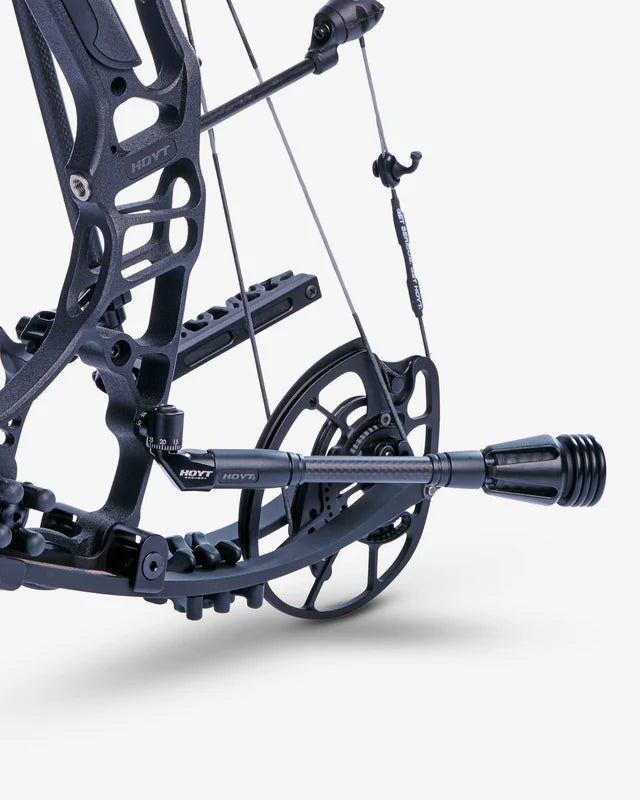The Scientific Research Behind Archery Stabilizers: How They Enhance Efficiency
Master the Art of Archery: Comprehending the Importance of a Stabilizer in Your Configuration
Archery, an ancient sporting activity that requires accuracy, ability, and emphasis, has captivated people for centuries. Whether one is an experienced archer or simply starting their trip, the relevance of a stabilizer in their configuration can not be overstated. This critical piece of devices plays a substantial role in improving precision and improving general efficiency. By recognizing the benefits of using a stabilizer, considering the right variables when selecting one, and appropriately setting up and adjusting it, archers can elevate their skills to new heights. So, let us check out the ins and outs of understanding the art of archery and reveal the vital role that a stabilizer plays in achieving success on the array.
The Duty of a Stabilizer in Archery
A stabilizer plays an important duty in archery by enhancing equilibrium and decreasing vibrations during the shot. When an archer attracts the bowstring and launches it, there is a transfer of power that can create the bow to vibrate. These resonances can adversely influence the precision of the shot. A stabilizer aids to neutralize these resonances by dissipating the power and soaking up.
One of the main benefits of a stabilizer is its capacity to enhance equilibrium. The weight of the stabilizer assists to disperse the weight uniformly, reducing the pressure on the archer's arm and improving stability.
In enhancement to equilibrium, a stabilizer also assists to decrease torque. When an archer releases the bowstring, there is an all-natural tendency for the acquiesce turn in the hand. This turning, known as torque, can trigger the arrow to drift off-course. The weight and design of a stabilizer neutralize this turning, making sure a more accurate and constant shot.
Benefits of Making Use Of a Stabilizer
The utilization of a stabilizer in archery supplies countless benefits that improve an archer's performance and overall shooting experience. By absorbing and dampening these vibrations, the stabilizer enhances the stability of the bow, enabling for more precise and constant shots.
Secondly, a stabilizer helps to balance the bow by adding weight to the front end. This weight circulation combats the all-natural propensity of the bow to tip onward upon release, minimizing the amount of motion and improving the archer's capability to keep aim on target.

Last but not least, a stabilizer can likewise act as a shock absorber, minimizing the shock and recoil experienced upon release. This not just boosts the convenience of shooting but also lessens the danger of injury or strain on the archer's body.
How a Stabilizer Boosts Accuracy
Enhancing the precision of an archer's shots, a stabilizer plays an important duty in boosting general efficiency. archery stabilizer. By including security to the bow, a stabilizer helps minimize the undesirable motion and resonance that can occur throughout a shot. This decrease in motion allows the archer to preserve a steady check my blog purpose, causing even more consistent and exact shots

Additionally, a stabilizer helps to wet resonances that take place upon launch. These resonances can create the bow to shake, affecting the arrow's trajectory and precision. By taking in and dissipating these resonances, a stabilizer assists to keep the bow's security and make sure a smooth and accurate shot.
Additionally, a stabilizer can additionally assist in balancing the weight circulation of the bow (archery stabilizer). By including weight to the front of the bow, a stabilizer assists to balance the weight of devices, such as views or quivers, which may be connected to the bow. This well balanced weight circulation aids the archer preserve a steady and controlled shooting position, causing enhanced accuracy
Variables to Consider When Choosing a Stabilizer
When choosing a stabilizer for your bow, it is essential to think about a number of variables that will certainly add to its general efficiency and suitability for your specific capturing style. The first element to take into consideration is the length of the stabilizer. This Site Stabilizers are available in various sizes, varying from brief to long. Longer stabilizers normally give much more security and balance, yet they can also be heavier and extra difficult to maneuver. Much shorter stabilizers, on the various other hand, provide much better ability to move yet may compromise some security.
One more factor to take into consideration is the weight of the stabilizer. The weight of the stabilizer can impact the balance of your bow.
Some stabilizers have flexible attributes, such as adjustable length or flexible weights, which enable you to tailor the stabilizer to your certain requirements. Carbon fiber stabilizers are light-weight and long lasting, while aluminum stabilizers supply a balance between weight and rigidity.
Last but not least, it is vital to consider your capturing design and choices. Various stabilizers might function better for sure shooting designs, such as target shooting or searching. It is suggested to seek advice from with experienced archers or experts to figure out which stabilizer will best fit your specific needs. Overall, taking into consideration these variables will help make certain that you select a stabilizer that enhances your capturing experience and improves your precision.
Tips for Correctly Readjusting a stabilizer and mounting
Longer stabilizers supply more security yet can be much less maneuverable, while shorter stabilizers provide boosted ability to move however may give up stability. As soon as you have actually selected the proper size, affix the stabilizer to the bow making use of the given mounting hardware. Make sure that the stabilizer is securely attached reference and straightened with the bow's riser.
After mounting the stabilizer, it is necessary to make modifications to accomplish the desired equilibrium and shot consistency. Begin by changing the weight circulation along the stabilizer. Additionally, take into consideration changing the angle of the stabilizer to fine-tune the shot.

Final Thought
In conclusion, a stabilizer plays a critical duty in archery by improving precision and minimizing bow torque. When picking a stabilizer, aspects such as product, weight, and size should be thought about to satisfy private demands.
In addition, a stabilizer can additionally aid in stabilizing the weight circulation of the bow. By adding weight to the front of the bow, a stabilizer helps to stabilize the weight of devices, such as views or quivers, which might be connected to the bow. Some stabilizers have adjustable attributes, such as adjustable size or flexible weights, which enable you to tailor the stabilizer to your certain requirements. Carbon fiber stabilizers are light-weight and durable, while aluminum stabilizers offer an equilibrium between weight and rigidity.
Longer stabilizers provide more stability however can be much less manoeuvrable, while shorter stabilizers supply boosted maneuverability but may sacrifice stability.